By Carley Goodreau
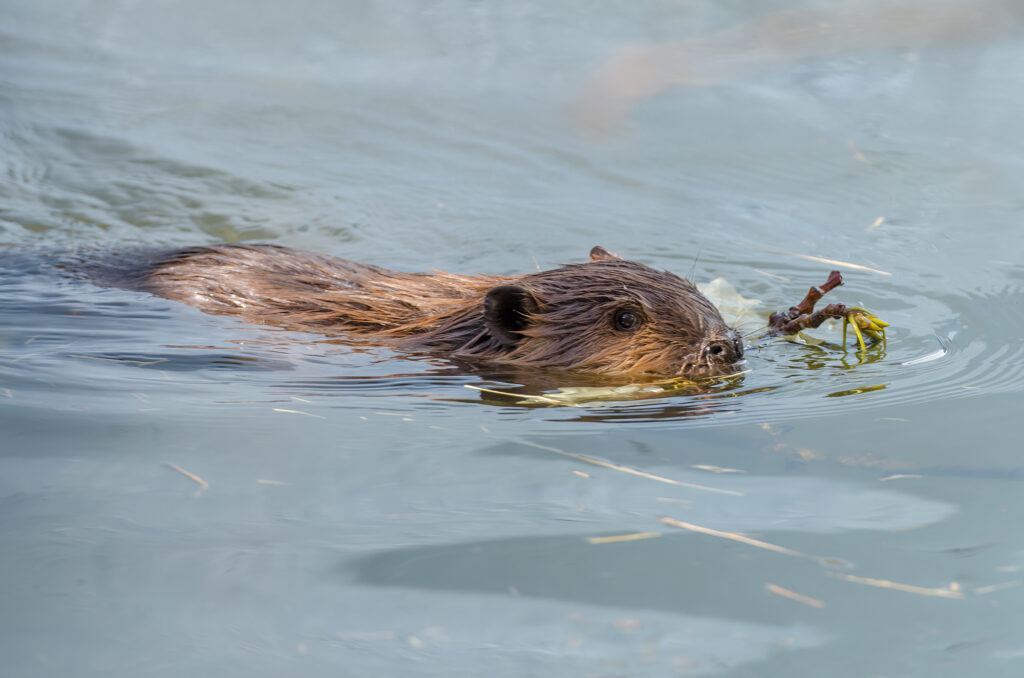
Colonies, Lodges, and Family Structure
The Sounds and Scents of Beaver Communications
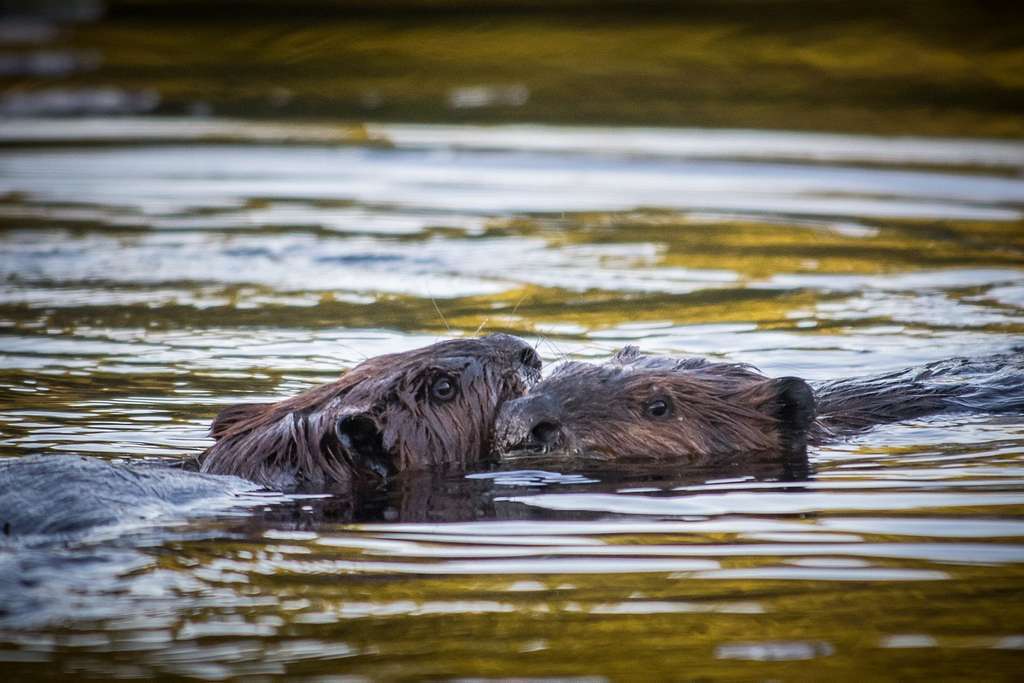
Mates For Life
Beavers are monogamous and mate for life. Only 3% of mammals in the world are monogamous.15 Along with beavers, other monogamous animals that live in Alberta include bald eagles, great horned owls, and gray wolves.16
When a female beaver is ready to find a mate, she will excrete pheromones on scent mounds in wooded areas near her habitat.17 Male beavers in the area, attracted to this scent, will look for her. The best mates are the largest and healthiest, but unlike some other species, it is rare that beavers will fight over a mate.18
Adult beavers stay together after the kits leave the lodge, and the pairings last the lifespan of beavers – as much as 10-15 years!19 Beavers will find a new mate if one dies but will first observe a ‘mourning period’ and wait some time before pairing up again.20
Not in My Pond!
Although beavers are very social and rarely alone, they tend to avoid interaction with other beavers outside of their colonies.21 In fact, beavers are very territorial and will attack other beavers that enter their ponds.22 This puts young 2-3 year old beavers in a very dangerous situation when they leave their parents lodge in a search for their own habitat.23 Being monogamous with another beaver is a form of safety and protection for beavers due to this territorial nature.24
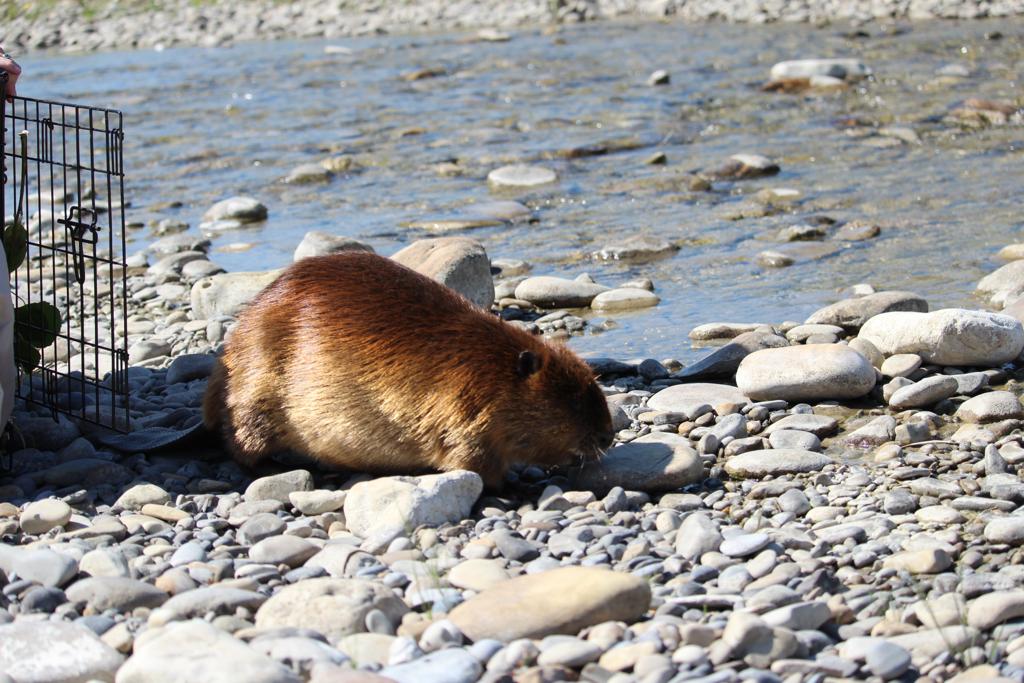
We hope you enjoyed learning about the active social lives of busy beavers. The clinic staff rehabilitated and successfully released a beaver kit last summer, and you can find that story in AIWC’s summer 2023 newsletter! Be sure to check out recent newsletters for updates on current patients and other exciting news from AIWC.
References
- “Beaver,” Smithsonian’s National Zoo & Conservation Biology Institute, accessed February 20, 2024, https://nationalzoo.si.edu/animals/beaver.
“Beaver,” Smithsonian.
“Exploring with Beavers, Nature’s Ecosystem Engineers,” Defenders of Wildlife, September 28, 2016, https://defenders.org/blog/2016/09/exploring-beavers-natures-ecosystem-engineers.
- Alina Bradford, “Facts About Beavers,” Land Mammals, LiveScience, October 15, 2015, https://www.livescience.com/52460-beavers.html#:~:text=Beavers%20are%20very%20social%20and,winter%2C%20from%20January%20to%20March
Bradford, “Facts About Beavers.”
“Beaver,” Smithsonian.
- Tommy Wylde, “Beavers: Mating, Reproduction, Babies, And More,” Floofmania, last updated October 12, 2023, https://floofmania.com/american-beavers/beavers-reproduction/
- “Beaver,” Hinterland’s Who’s Who, Canadian Wildlife Federation, accessed February 20, 2024, https://www.hww.ca/en/wildlife/mammals/beaver.html
“Beaver,” Smithsonian.
- “Beaver,” Hinterland’s.
- “Beaver Behaviour and Biology,” Beaver Facts, Beaver Solutions, accessed February 20, 2024, https://www.beaversolutions.com/beaver-facts-education/beaver-behavior-and-biology/
“Beaver,” Smithsonian.
“Beaver,” Smithsonian.
- “Beaver,” Smithsonian.
Wylde, “Beavers: Mating.”
Claire Nowak, “11 Monogamous Animals That Mate for Life (It’s Not Just Penguins),” Reader’s Digest, last updated July 22, 2021, https://www.rd.com/list/animals-mate-for-life/
- Wylde, “Beavers: Mating.
- Wylde, “Beavers: Mating.”
- Wylde, “Beavers: Mating.”
- Wylde, “Beavers: Mating.”
- Wylde, “Beavers: Mating.”
“Beaver Behaviour,” Beaver Solutions.
- Wylde, “Beavers: Mating.”
- Wylde, “Beavers: Mating.”

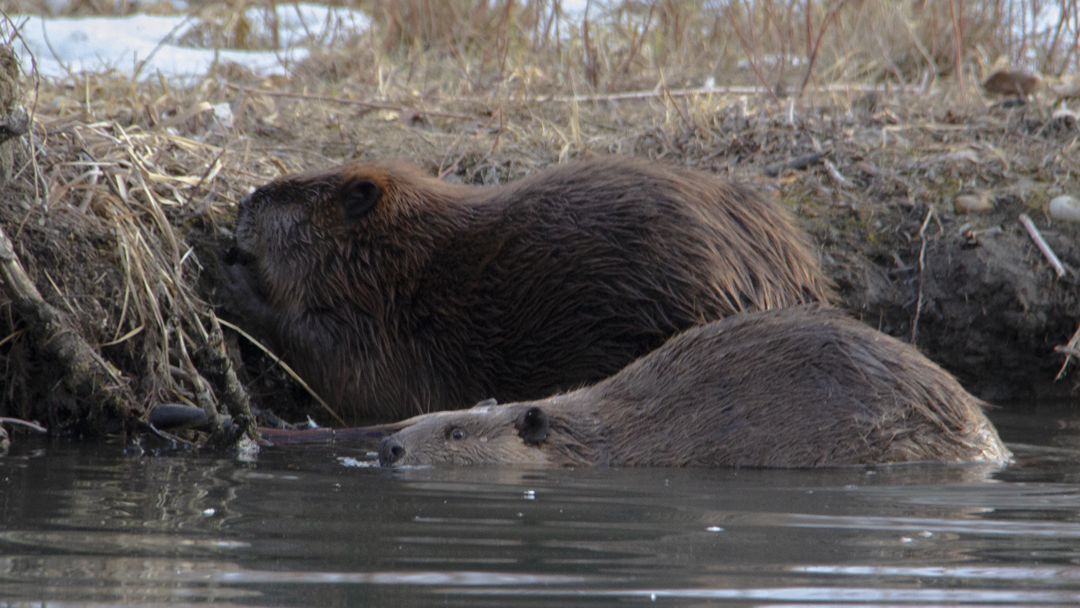

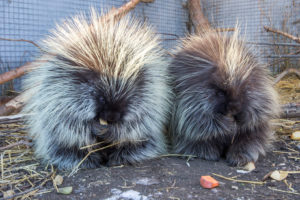
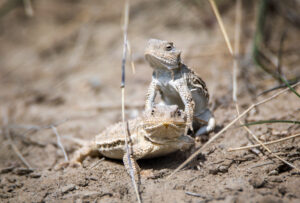


2 thoughts on “Leave it to Beavers!”
Do you have anyone near Okotoks Alberta who could help me with some landlocked beavers?
Hi Virginia, would you be able to give our hotline (403-946-2361) a call to give us more details? We can point you in the right direction of what to do then.